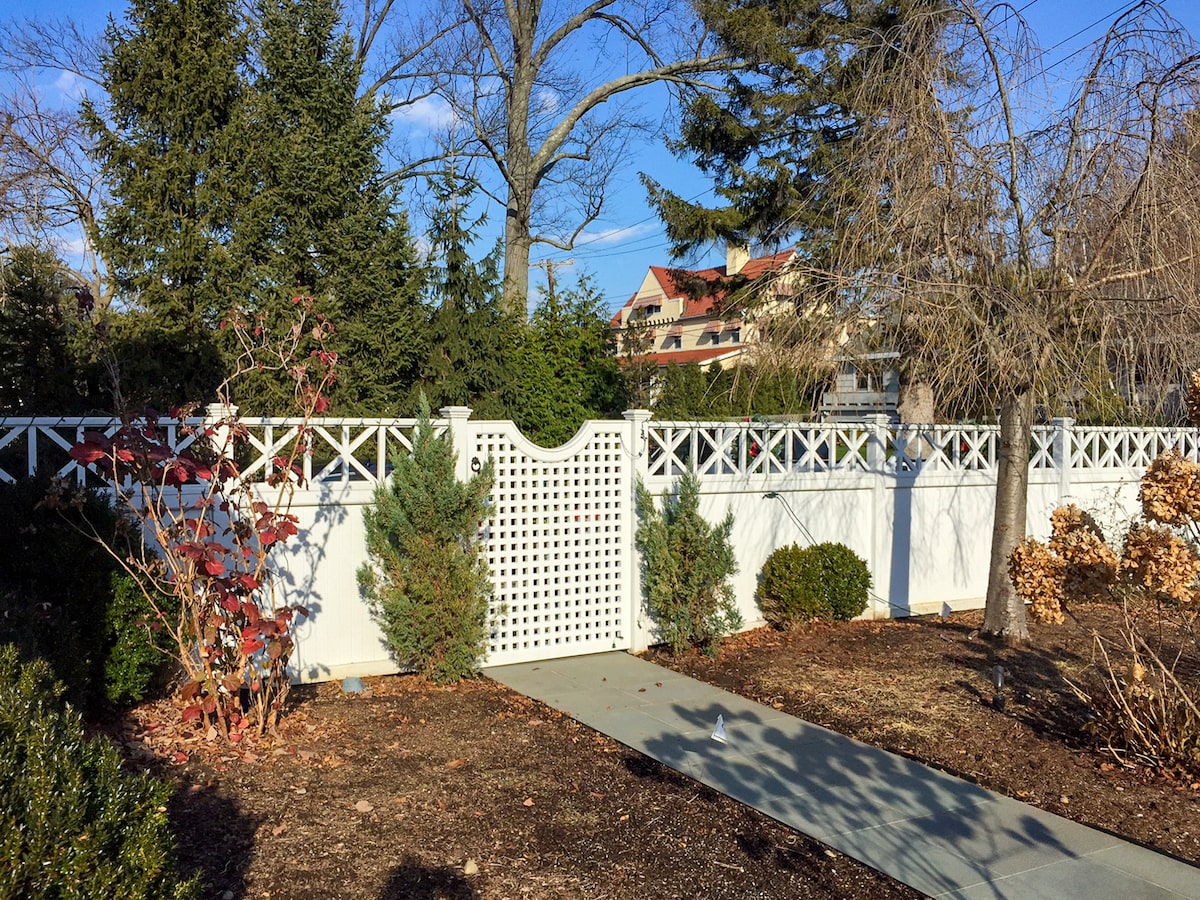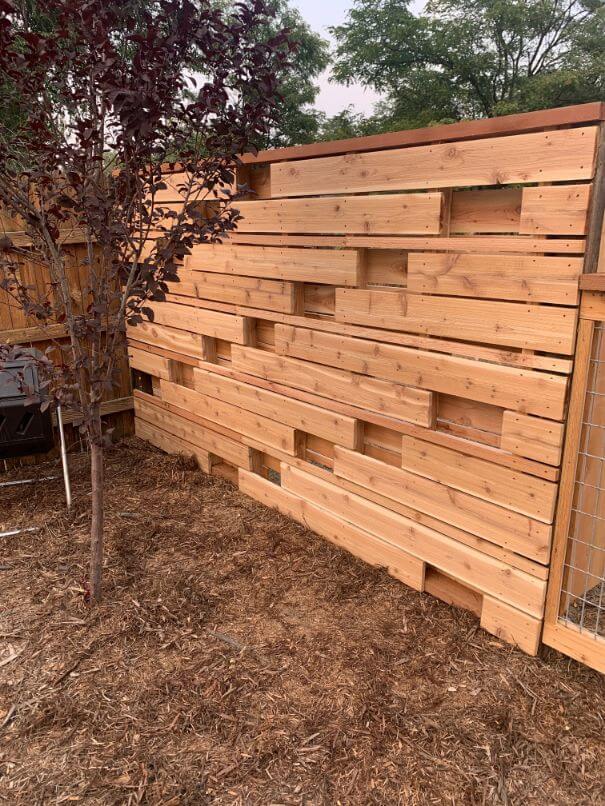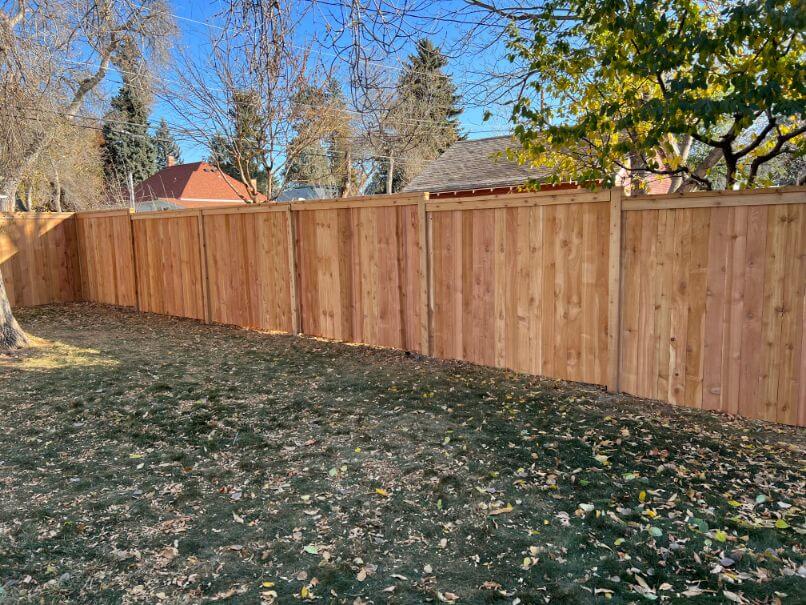All Categories
Featured

When preparing a brand-new fence for your building, it's easy to concentrate on the standard expenses-- products, installment, and labor. Below's a guide to some of the most typical hidden prices to think about when budgeting for your fencing task.
- Allow Charges and Legal Demands. Prior to you begin excavating, it is very important to examine if your area requires an authorization to mount a fencing. Numerous communities have zoning laws that regulate fence height, placement, and material, especially if you're building near a residential or commercial property line or in a neighborhood with a Home owners' Organization (HOA) These regulations ensure the fencing satisfies local criteria, yet they additionally include linked costs.
Cost array: $50 to $500, depending on your area and the complexity of your job. 2. Fence Removal and Disposal. If you're changing an existing fence, removal and disposal of the old framework is an extra expenditure that can easily be forgotten. Fencing elimination normally entails taking apart the old fencing, transporting away the materials, and dealing with them properly. Disposal fees can vary, specifically if the old products need special delivery, such as treated wood or metal.

Cost range: $2 to $10 per straight foot for removal and disposal, depending on the products. 3. Land Prep Work and Excavation. A flawlessly level setup site is not constantly ensured. If the land where your fencing is being set up is uneven, rough, or covered in greenery, it may require to be removed or leveled. Grading or excavation expenses can include in your complete project expenditures, especially if you're setting up posts in hard-to-dig dirt. Slopes or compacted soil might call for customized tools and more labor.
Cost array: $300 to $2,000, relying on the website's problem. 4. Utility Line Recognition and Adjustments. Before excavating, it's critical to ensure that no underground utilities, like water, gas, or electric lines, will be interrupted during the installation. Many contractors will contact utility business to note these lines, but there could be added costs if adjustments are required to prevent damaging existing framework.
Cost range: $100 to $500, relying on whether modifications are essential. 5. Customized Qualities and Upgrades. While your standard fencing may be composed of standard materials, you may wish to add custom attributes like entrances, decorative panels, or incorporated lights. Automatic gateways or security systems are particularly costly and need professional setup. Including these bonus increases the overall cost of your fencing, so make certain to factor them right into your spending plan.

Expense range: $100 to $1,500+ for entrances or attributes, depending upon size and intricacy. 6. Distribution and Transport Expenses. Depending on where your materials are sourced, you might be charged a different shipment fee for transporting the fence products to your residential or commercial property. This is specifically usual with heavy or huge orders, such as wood panels or metal fencing. Shipment expenses can likewise vary based upon the distance in between the supplier and your area.
Cost variety: $50 to $300 for distribution, depending on distance and the quantity of products. 7. Upkeep Prices Gradually. Lots of sorts of fencings, specifically wood fences, call for recurring upkeep to remain in excellent condition. Routine tasks like staining, sealing, and cleaning will help extend the life of your fence. Some products, such as plastic or metal, may be extra low-maintenance however can still sustain expenses for repair services or replacements if damaged.
Annual cost range: $50 to $300 for upkeep, depending on material and climate. 8. Climate Delays. Nature doesn't constantly accept your timeline. If your installment is postponed by bad climate, such as rainfall or severe heat, you may face extra labor costs if employees require to return to complete the project at a later time. Hold-ups can likewise extend the project timeline, pushing back when the fence is ready for use.
Expense range: Variable, depending upon just how long the hold-up lasts. 9. Residential Property Line Disputes. Setting up a fence near to your building line can often cause disagreements with next-door neighbors. If your boundary is unclear, it may be required to hire a professional surveyor to confirm the building line before setup. This added action ensures you won't accidentally encroach on your next-door neighbor's land, however it includes included expenses.
Price range: $400 to $1,000 for a building survey, depending on your place. 10. Soil and Ground Problems. Specific soil types can provide difficulties during installment. If your property has rough, compressed, or clay-based dirt, digging holes for articles can be a lot more challenging, calling for specialized equipment or more time to finish. Harder ground problems might also demand making use of concrete or other enhancing materials for added stability.
Expense range: $100 to $500 for devices or added labor. Final thought. When budgeting for a brand-new fencing, it is necessary to remember that the first price might not be the only cost you'll run into. Authorizations, website preparation, old fence elimination, energy adjustments, and customized features can all build up. In addition, recurring upkeep and the opportunity of weather hold-ups or property line issues should be taken into consideration when estimating your total spending plan. By accounting for these concealed expenses, you can make sure that your fence project stays within budget plan and is completed without unexpected monetary surprises.
Latest Posts
Explore Cost-Effective Auto Repairs with Montclare’s Limited-Time Service Specials
Published May 21, 25
1 min read
Join WyHy FCU – Essential Perks for Your Financial Future
Published May 21, 25
1 min read
Explore the Storied Past of Deauville Inn: From Speakeasy to Jersey Shore Icon
Published May 19, 25
2 min read
More
Latest Posts
Explore Cost-Effective Auto Repairs with Montclare’s Limited-Time Service Specials
Published May 21, 25
1 min read
Join WyHy FCU – Essential Perks for Your Financial Future
Published May 21, 25
1 min read
Explore the Storied Past of Deauville Inn: From Speakeasy to Jersey Shore Icon
Published May 19, 25
2 min read